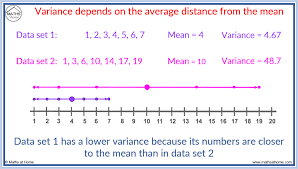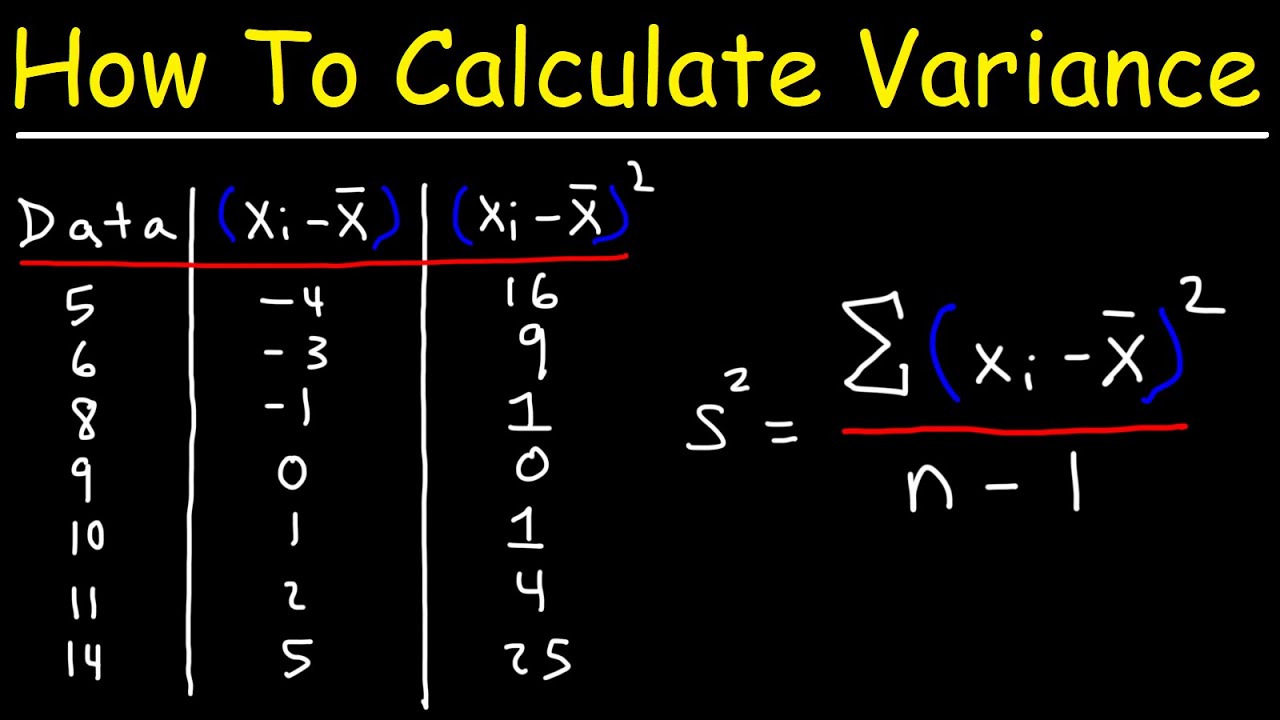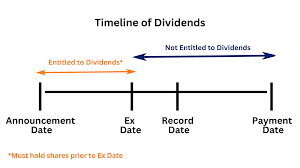Variance calculator is a simple online tool that helps you quickly find how far numbers in a group are spread out from their average. If you have a list of numbers and want to see how much they differ, the variance calculator can do it for you in just one click. It’s super helpful for students, teachers, and data lovers who want to make math easy and clear. Instead of doing long math steps, you can use this tool to save time and avoid mistakes.
Variance calculator can be used in many areas like school math problems, business data, and even science research. It shows how stable or unstable your data is by calculating how much each number moves away from the mean. When you understand variance, you can make smarter choices because you can see if your data changes a lot or stays close together. Using a variance calculator online makes everything faster, easier, and much more accurate.
Table of Contents
How Does a Variance Calculator Work Step by Step?

Using a variance calculator is very easy. You just enter your list of numbers in the box and click the calculate button. The tool does all the hard work for you. It first finds the mean (average) of your data. Then it checks how far each number is from the mean. After that, it squares these differences and finds the average of all those squared numbers. That final value is your variance.
This step-by-step method helps you understand how numbers move around their average. The calculator follows a formula that might look hard on paper, but it’s simple for a computer. You get the correct answer in less than a second, without any tricky math. This makes it a great helper for anyone who wants to learn or work with data easily.
Sample Variance vs Population Variance: What’s the Difference?
The variance calculator can find two kinds of variance — sample variance and population variance. They are almost the same but used in different cases.
Sample variance is used when you only have a small part of the total data. For example, if you are checking test scores from just one class, that’s a sample. The formula divides by n – 1 because it’s only a part of the whole group.
Population variance is used when you have all the data. For example, if you have scores from every student in the school, that’s a population. This time, the formula divides by n.
The calculator lets you choose which one you need, so you always get the right result for your data type.
When Should You Use a Variance Calculator?
You can use a variance calculator anytime you need to see how numbers differ from their mean. Students use it for statistics homework, teachers for lessons, and business people for data reports.
It’s useful when you want to:
- Compare test scores or grades.
- Check business sales data.
- Study how prices change over time.
- Look at research data in science.
In short, use it whenever you want to understand how much your data moves away from its average value.
How to Calculate Variance by Hand (and Why It’s Hard!)
If you want to calculate variance without a calculator, here are the steps:
- Find the mean (average) of all numbers.
- Subtract the mean from each number.
- Square each difference.
- Add up all squared numbers.
- Divide the total by the number of data points (for population) or by one less than that (for sample).
It looks easy, but when you have big data, it becomes slow and confusing. A single mistake can change the whole result. That’s why using a variance calculator is a better idea—it’s fast, smart, and always accurate.
Top Benefits of Using an Online Variance Calculator
There are many good reasons to use a variance calculator instead of manual math:
- Fast and Easy: You get answers in seconds.
- No Errors: The calculator removes the chance of wrong steps.
- Free to Use: Most online tools cost nothing.
- Helpful for Learning: It shows how variance is calculated step by step.
- Saves Time: Great for exams, reports, and research.
With these benefits, you can focus more on understanding your data instead of worrying about math steps.
Real-Life Examples of Variance in Everyday Situations
Variance isn’t just for school math—it’s used everywhere in real life.
For example, in sports, coaches check the variance of player scores to see who performs consistently. In business, companies look at sales variance to know if profits are steady or changing. In weather reports, scientists use variance to understand how temperatures change from day to day.
Even in your personal life, you can use variance to see how your monthly spending changes. So, variance helps in planning, comparing, and making better choices every day.
Common Mistakes to Avoid When Using a Variance Calculator
While the calculator makes things easy, people still make some small mistakes:
- Entering wrong data (extra commas or spaces).
- Confusing sample and population options.
- Forgetting to remove repeated or wrong values.
- Not checking the mean before comparing results.
If you avoid these small errors, you’ll always get correct and clear answers. The variance calculator works perfectly when you feed it clean, correct data.
Best Free Variance Calculator Tools You Can Try Online
There are many websites that offer free variance calculators. Here are some popular ones:
- Calculator.net Variance Calculator – Simple and clean interface.
- MathPortal.org – Shows step-by-step solutions.
- Symbolab – Explains variance in detail with formula steps.
- RapidTables – Great for both sample and population variance.
These tools are safe, easy to use, and give results instantly. You can pick any of them depending on your needs.
Conclusion
The variance calculator is one of the best tools to understand how numbers spread around their mean. It’s fast, free, and perfect for students, teachers, and professionals. Instead of wasting time on manual math, you can use it to save time and avoid mistakes. Understanding variance helps you see how steady or unstable your data is — a key skill in learning, business, and science.
FAQs
Q1: What is the use of a variance calculator?
It helps find how much data values differ from the average. It’s used in math, business, and research.
Q2: What’s the difference between sample and population variance?
Sample variance is for a small part of data, while population variance is for the whole data set.
Q3: Can I calculate variance by hand?
Yes, but it takes time and can be confusing. Using an online variance calculator is much faster.
Q4: Is a variance calculator free to use?
Yes, most online variance calculators are totally free and don’t need any download.
Q5: Why is variance important?
Variance helps you understand if your data is stable or spread out, which is useful for decision-making and analysis.



